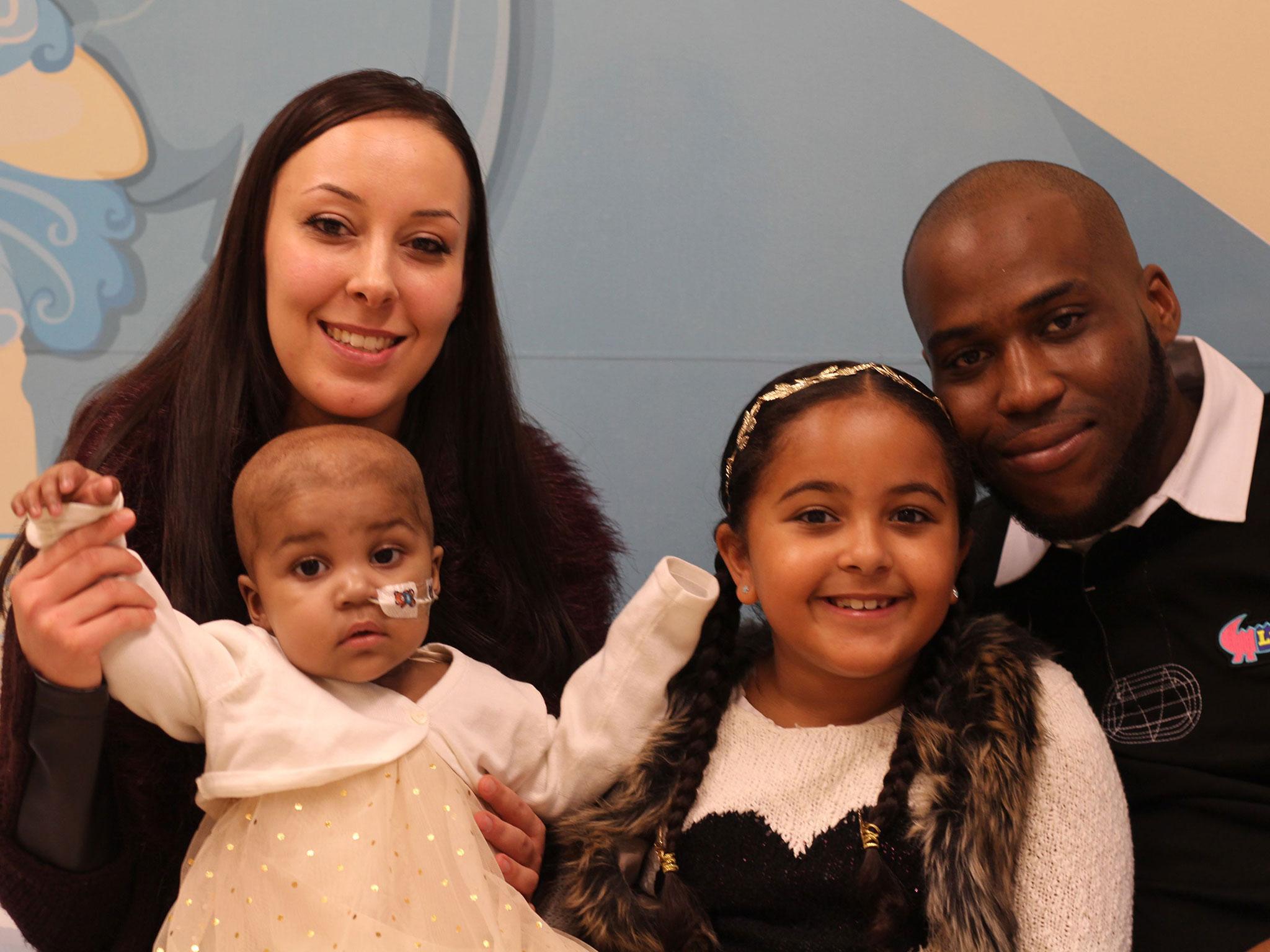The Independent's journalism is supported by our readers. When you purchase through links on our site, we may earn commission.
Two babies who received 'almost a miracle' treatment for terminal cancer are still alive a year later
Researchers are now testing the revolutionary technique on more children and adults to see if they can achieve the same ‘staggering’ results

Your support helps us to tell the story
From reproductive rights to climate change to Big Tech, The Independent is on the ground when the story is developing. Whether it's investigating the financials of Elon Musk's pro-Trump PAC or producing our latest documentary, 'The A Word', which shines a light on the American women fighting for reproductive rights, we know how important it is to parse out the facts from the messaging.
At such a critical moment in US history, we need reporters on the ground. Your donation allows us to keep sending journalists to speak to both sides of the story.
The Independent is trusted by Americans across the entire political spectrum. And unlike many other quality news outlets, we choose not to lock Americans out of our reporting and analysis with paywalls. We believe quality journalism should be available to everyone, paid for by those who can afford it.
Your support makes all the difference.Two babies whose apparently incurable cancer was cured by a revolutionary technique are still clear of the disease more than 12 months later, the doctors behind their treatment have revealed.
In 2015, the two infants, aged just 11 and 16 months, made international headlines after they were cleared of leukaemia using an experimental technique involving genetically engineered immune cells from a donor.
These were designed to attack cancer cells and after they were given to the babies they both recovered. Previous attempts to treat them using traditional methods had failed.
The doctors described the children’s response to the treatment as “almost a miracle” and “staggering”.
At the time, other experts pointed out the babies also both received standard chemotherapy so, while there were promising signs, there was no actual proof that the GM cells had made the vital difference.
But, in a new paper in the journal Science Translational Medicine, the team behind the technique, led by Professor Waseem Qasim, reported that both children were well, one 18 months after the therapy, the other after a year.
And they said the success of the treatment “demonstrates the therapeutic potential of gene-editing technology”.
The form of the disease that the children had was particularly dangerous, the paper said.
“Previous relapses after [various forms of treatment] underlined the aggressive nature of the leukaemia in these infants,” it said.
Professor Qasim, a consultant immunologist at Great Ormond Street Hospital and an academic at University College London, told The Independent in a statement that they were now trying to find out whether they could reproduce the beneficial effects of the treatment on other patients.
“We are delighted to have shown that gene-edited cells can successfully treat leukaemia that has not responded to standard treatments,” he said.
But he added: “While both patients are now at home and are doing well, we must treat these results with some caution as we don’t yet know if technique will be successful in treating a larger number of patients.
“Clinical trials are currently underway to assess this.”
The paper said these phase one clinical trials involved both adults and children.
“This application of an emerging technology has provided a demonstration of the potential of gene-editing strategies for engineered cell therapies, albeit with a clinical experience limited to two infants,” it said.
But the paper said there were some “important caveats” to make about the efficacy of the new treatment, including the “residual risks” of a potentially life-threatening disease called GVHD in which donated cells begin to attack the patient.
A similar technique involves taking cells from the individual patient, genetically modifying them and then returning them to attack the cancer.
But, according to the Technology Review website, this method costs about $50,000 (£40,000) per dose, compared with the $4,000 cost of the technique used by the London team.
Speaking in 2015, 27-year-old dental receptionist Lisa Foley, the mother of one of the children, called Layla, said: “We didn’t want to accept palliative [end-of-life] care and so we asked the doctors to try anything for our daughter, even if it hadn’t been tried before.
“I consider ourselves lucky that we were in the right place at the right time to get a vial of these cells.
“Hopefully Layla will stay well and lots more children can be helped with this new treatment.”
And Layla’s father, Ashleigh Richards, 30, said: “It was scary to think that the treatment had never been used in a human before but, even with the risks, there was no doubt that we wanted to try the treatment.
“She was sick and in lots of pain so we had to do something.”
Join our commenting forum
Join thought-provoking conversations, follow other Independent readers and see their replies
Comments